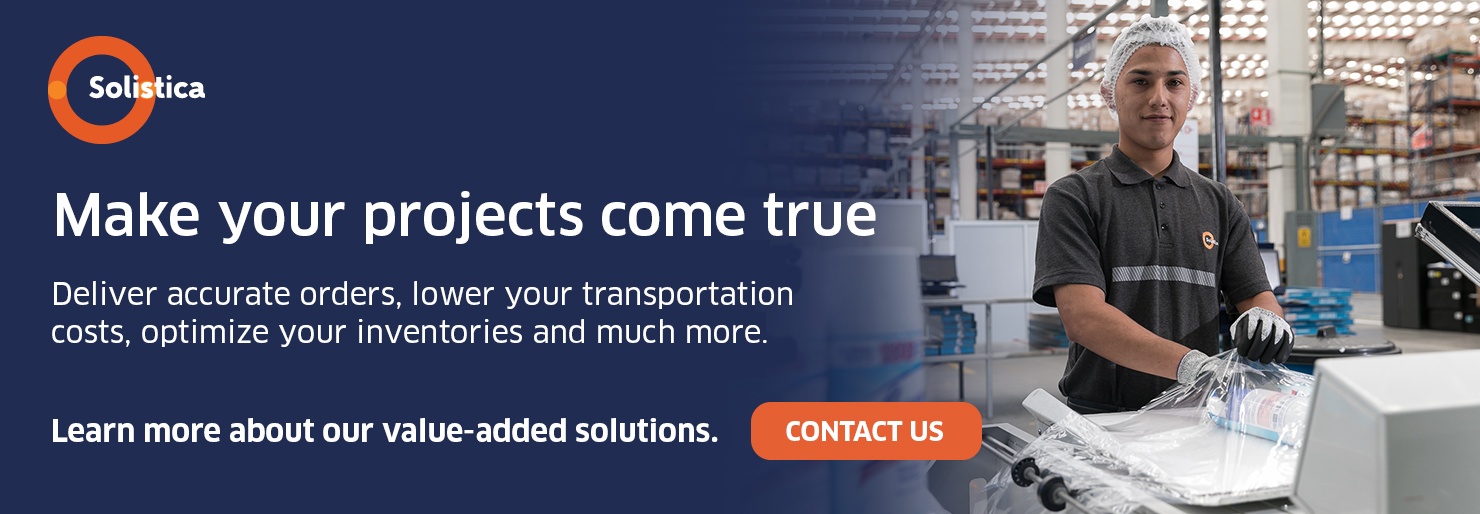Green logistics, also known as environmental logistics, refers to the sustainable policies and measures focusing on lowering the impact logistics has on the environment. This includes the configuration of processes, structures, systems, and equipment used in the transportation, distribution, and warehousing of goods.
Transportation currently amounts to half the global consumption of oil and almost 20% the global consumption of energy and close to 40% is related to urban transportation. In fact, the International Energy Agency expects these numbers to double by 2050 mainly due to online shopping; therefore, the logistics industry must find a smarter and more innovative way to distribute merchandise while minding the balance between economic growth and the protection of natural resources.
Green Logistics
Despite logistics not being known for a high level of sustainability as an industry, green logistics aim to gauge the carbon footprint of logistics operations, lower air, soil, sound, and water pollution, and use raw materials sensibly.
Clients value and have a positive impression of companies that implement green practices; however, it is extremely difficult to measure the environmental impact of the logistics processes and the carbon footprint of products.
Reaching the level of green logistics demands not only the money of companies, but also the participation of governments – via environmental incentives – and the culture of clients.
To reach a greener economy, so to speak, companies must choose how much they can modify their activities and include the environmental impact in their strategic and operational plans, which will probably impact their business. The challenge is finding models that let us balance different issues: reduction of costs, improvement of service levels, definition of an adequate inventory level, and the decrease of the carbon footprint of logistics operations.
In the future, companies will measure the efficiency of the supply chain by their ability to integrate their traditional logistics goals – cost and service level – to the environmental impact.
Sustainable Alternatives
It has become increasingly urgent for this industry to invest in innovation to measure, analyze, and improve the carbon footprint via alternatives that help lower pollution, such as these:
- Using alternative propulsion systems for vehicles, such as liquified gas, hybrid, or electric vehicles.
- Optimizing the management of fleets. Apart from buying vehicles that pollute less, it is necessary to use systems to plan routes and prioritize cargo consolidation.
- Taking advantage of intermodal transportation; in other words, using two or more means of transportation to move loads to try to increase competitiveness and lower pollution.
- Using photovoltaic cells and other renewable energy systems at the logistics centers, which will lower the use of electricity and the environmental impact.
- Unifying shipments to lower the number of trips.
- Setting up warehouses or booths where freighters can drop dozens of parcels at a single point.
- Including the environmental criteria in the restocking policies, product characteristics, manufacturing processes, and location of suppliers.
- Implementing measures to lower the output and increase the recycling of waste from warehouses.
- Improving the inventory management processes and reverse logistics.
Please, follow this link to learn more about other green logistics actions.
Examples of Sustainable Projects
- Lean&Green is a European initiative involving multiple sectors, aiming to inspire the collaboration of members of the supply chain to lower the emissions of carbon dioxide by 20% in five years in the logistics processes of 500 certified companies in Belgium, Luxembourg, Germany, the Czech Republic, Slovakia, and Switzerland. The participating companies will also lower their costs, increase their transparency and traceability, and benefit from the exchange of knowledge.
- Meanwhile, other companies are testing the option of using drones for light parcel shipments at close distances; this will simplify access to remote zones and avoid traffic.
- Another perfect example for proximity logistics is to offer cheap runs for last-mile deliveries, using freelance bike riders as distribution channel.
- Likewise, some European cities already have urban minihubs, or else, mini warehouses offering deliveries by foot or bike to reach places where automotive vehicles are not allowed.
Sooner or later, clients will assess companies by the impact they have on the environment besides other issues such as price and quality. Logistics companies can offer advise on how to achieve this.
Solistica is aware of the environmental impact caused by logistics operations; therefore, it continuously implements technologies and procedures to help lower their carbon footprint. In addition, it adheres to sustainable strategies in all its solutions and meets the highest industry standards.
This blog was originally published on March 3rd 2020 and modified on July 12 2022.

